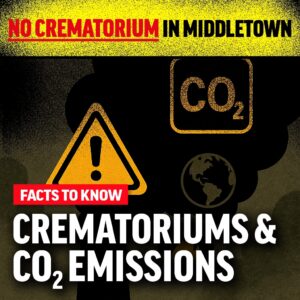As our community considers the proposed crematorium at Fairview Cemetery — located near residential areas, parks, and schools — it’s important to look at one often-overlooked concern: radioactive implants used in cancer treatment.
Many patients receive internal radiation therapy using small radioactive “seeds” (like iodine-125 or palladium-103). These implants are typically not externally visible, and unless disclosed and removed, they may remain in the body after death.
When such a body is cremated:
Radioactive isotopes can be released into the air, especially if the cremation equipment lacks specialized containment or filtration.
These isotopes may disperse into the surrounding environment, potentially exposing crematorium staff and nearby residents to low-level radiation.
Because these isotopes are regulated under nuclear safety laws, improper cremation can trigger federal investigations and costly clean-up requirements.
Public health and environmental safety organizations — including the U.S. Nuclear Regulatory Commission (NRC) — provide detailed protocols precisely because of these risks. Facilities near dense urban spaces require especially careful consideration.
This issue isn’t about panic — it’s about planning. Locating a crematorium so close to homes and schools raises valid regulatory, environmental, and ethical concerns that our community deserves to discuss fully.
We support respectful end-of-life care for all — and we believe that includes ensuring it does not unintentionally compromise public health.
![]() Let’s continue to ask questions, seek transparency, and advocate for responsible planning.
Let’s continue to ask questions, seek transparency, and advocate for responsible planning.



